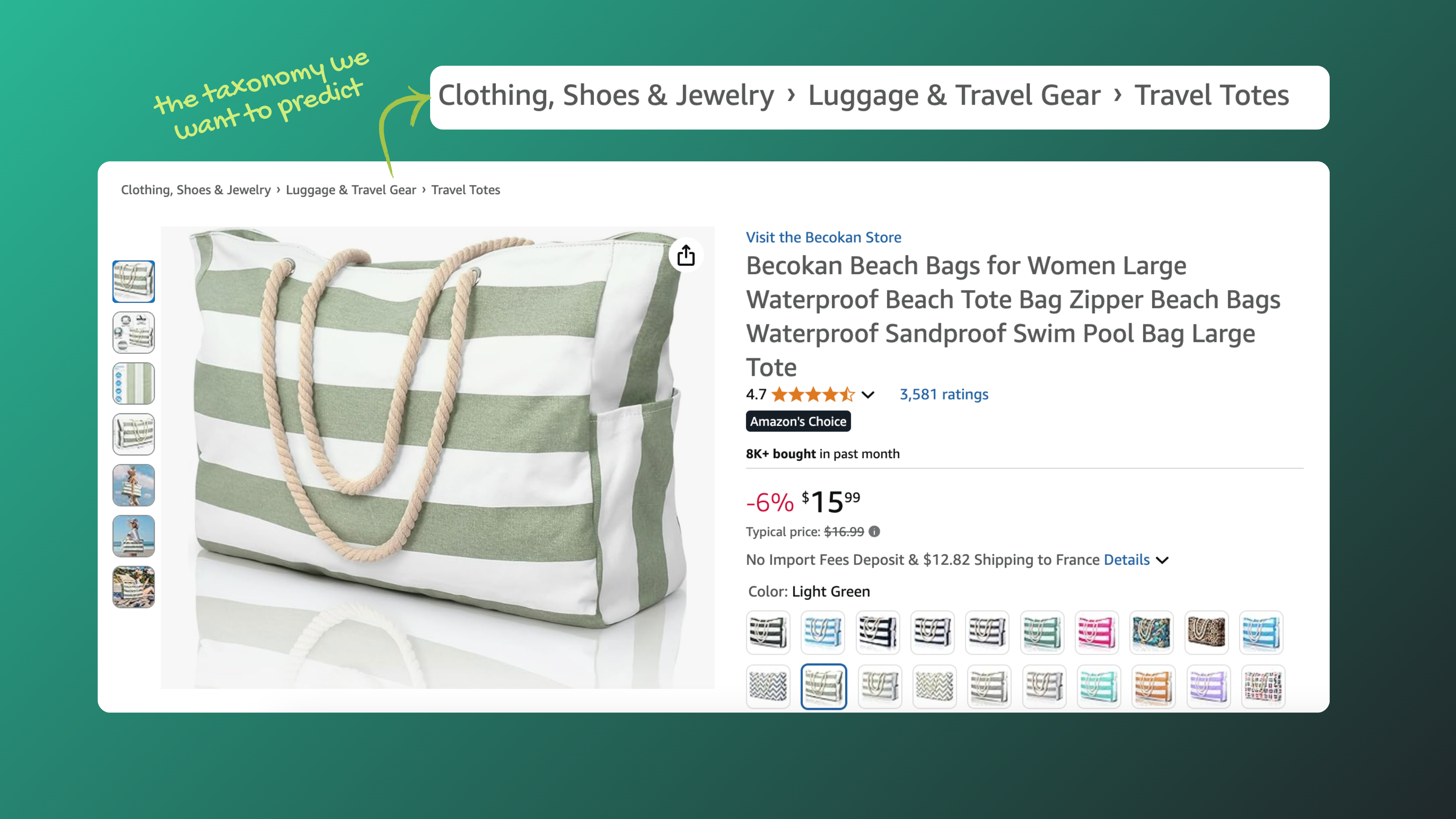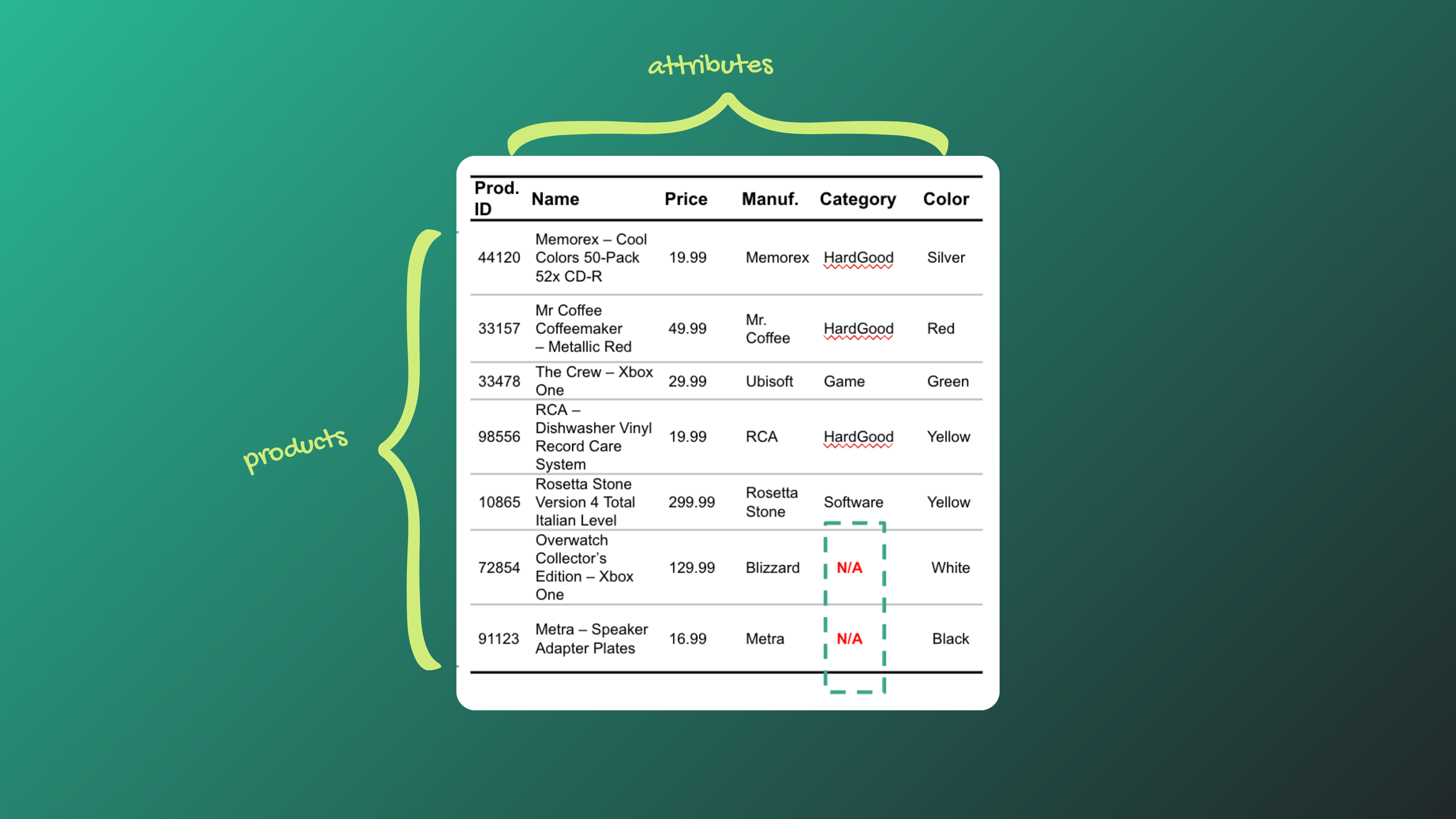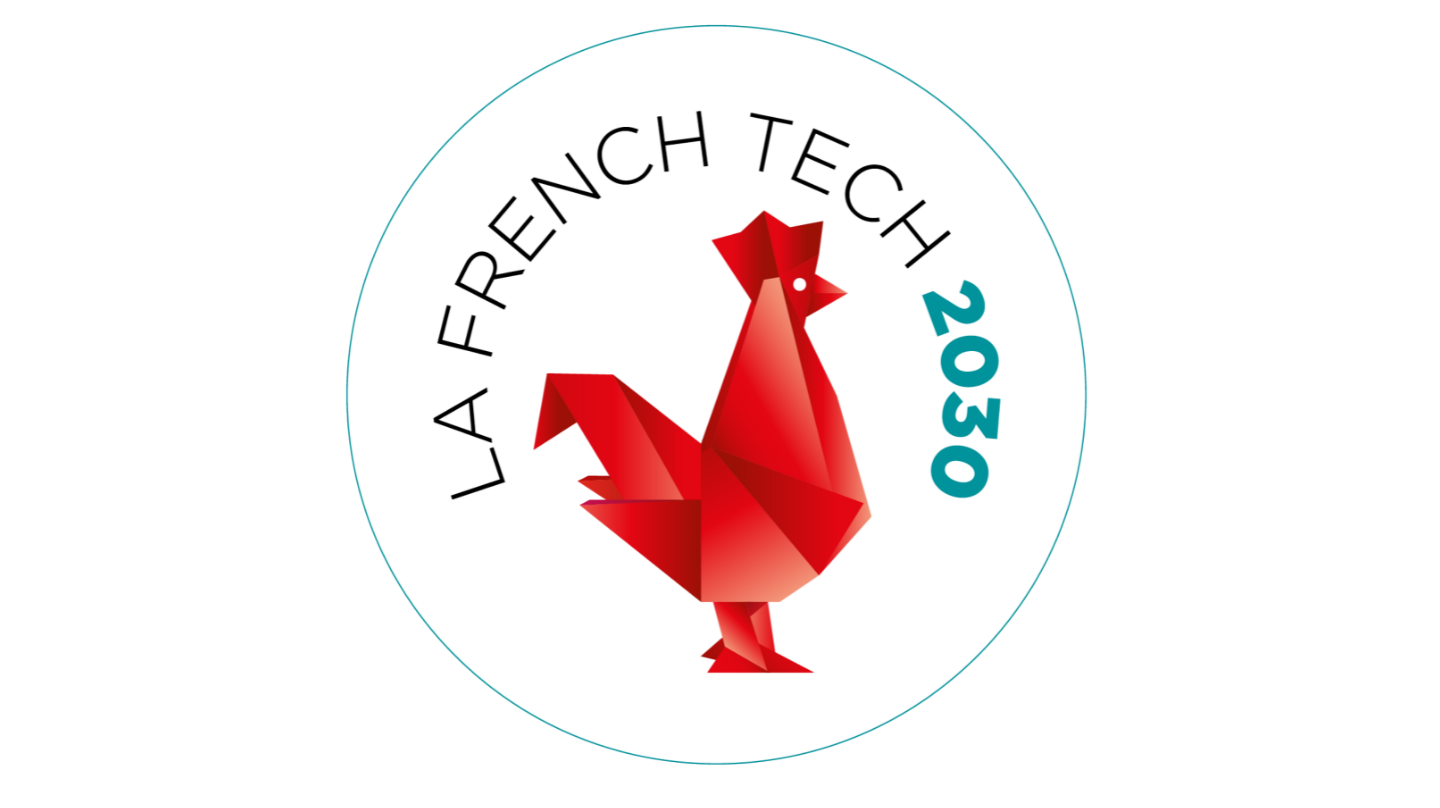A joint interview with Business Times: "Created a year ago by Antoine Moissenot and Alexandre Pasquiou, Neuralk-AI develops AI models that help data science teams improve their predictions across a range of concrete use cases"

.png)
If you are running a retail business or manage product inventories, you probably already know that keeping your product catalog in order is no simple task.
But what you may not realize yet is just how much the way you categorize products can impact your business. A key subtask of catalog management, product categorization is the process of classifying items into consistent, logical groups — for example, “Clothing → Women → Shoes” or “Electronics → Smartphones → Accessories.” Done well, it creates a structure that makes products easier to find, compare, and purchase, both for your internal systems and custom-facing online stores.
In an increasingly competitive marketplace where consumers expect fast, relevant, and personalized shopping experiences, even small errors in the categories of your products can have outsized consequences. As we’ll examine in this article, misplacing products in the wrong categories can hurt search performance, frustrate customers, lead to missed sales, and ultimately push customers toward better-organized competitors.
Ensuring your product categories are optimal is therefore not just a tedious admin task but a critical component of running a successful retail business.
At Neuralk, our mission is to help retailers solve this challenge and get product categorization right from the start. In this article, we’ll walk through the key elements of product categorization that are crucial for retailers to understand:
By the end, you’ll understand how smarter categorization solutions powered by Tabular AI are essential for any retailer looking to stay ahead of the competition, and how Neuralk AI is uniquely positioned to help you achieve just that.
At its core, product categorization involves assigning each item to one or more categories within a defined taxonomy. In other words, it means placing products into a structured system used to organize them, usually starting with a broad parent category followed by increasingly specific subcategories. This might seem straightforward at first, but when your catalog has thousands or millions of products, each with complex attributes, it quickly becomes a challenge.

For example, take this product from a major online retailer:
At first glance, the category path might look straightforward, but even this simple example reveals several layers of complexity:
Behind all these challenges lies the root cause: the absence of a common “dictionary” or universal reference system that everyone agrees on to categorize products. Since every retailer, brand, or marketplace has unique needs, customer expectations, and internal processes, they each end up developing their own custom categorization methods. This lack of standardization creates serious bottlenecks that can significantly slow down your operations. For example:
A fragmented and inconsistent categorization system doesn't just create operational headaches for your teams but singnifcantly increases the risk of placing products in the wrong categories. Take our beach bag example: instead of being placed under “Bags” or “Accessories”, it might mistakenly end up in “Outdoor Gear.” At first glance, this may seem like a small error, but in reality it can trigger major consequences for your business, including:
Ultimately, all the above issues can quickly add up: even a 5% misclassification rate can translate into millions of monthly lost revenue.
Now that we know the risks, what options do we have to address them effectively? Manual categorization quickly becomes impractical and error-prone, while rule-based systems often break down as new products are added and taxonomies evolve. Clearly, the solution lies in smarter, automated approaches that can keep up with the pace of modern retail and evolving market demands.

For retailers managing large product catalogs, many data science teams have turned to ML algorithms (like XGBoost or CatBoost) to automate their categorization process. On clean, well-structured datasets, these models can deliver solid accuracy. But in real-world retail, where data is messy, inconsistent, and constantly evolving, traditional ML approaches run into serious limitations, such as:
If you want to dive deeper into these challenges you can check out our full article on the limitations of legacy ML for enterprise data here.
To successfully overcome these challenges, retailers need intelligent and scalable solutions beyond traditional ML that can:
.png)
Despite its obvious challenges, product categorization doesn’t have to be slow, messy, or prone to errors anymore.
Via our proprietary Tabular AI technology, we are completely transforming the way retailers manage this critical task, placing products to the right categories though a seamless API access faster and more accurately than ever before.
Our solution directly addresses the core pain points retailers might face: powered by our pretrained Tabular Foundation Model, it generalizes automatically to new or unseen products without the need for complex ML pipelines or costly model retraining. Its state-of-the-art performance (see our benchmark here) lies in the fact that it is able to fully exploit all product information—from titles and descriptions to attributes and metadata—while all also being able to capture hidden information in your catalog's tabular format that traditional ML and LLMs alone are unable to detect.
Thanks to our expert AI modules integrated into our API, the entire categorization pipeline is handled end-to-end, so you don’t have to maintain or update it yourself.
.png)
Effective product categorization is no longer a tedious back-office task: when automated properly, it can be a strategic driver of sales, customer satisfaction, and streamlining of operations. With Neuralk’s Tabular AI technology, retailers can now achieve this smarter, faster, and more accurately than ever before, boosting their business's results with near-zero effort.
Are you curious to know how Neuralk AI can simplify your product categorization? Let’s dive in together! Secure your free expert evaluation today by filling out the form here.


.png)